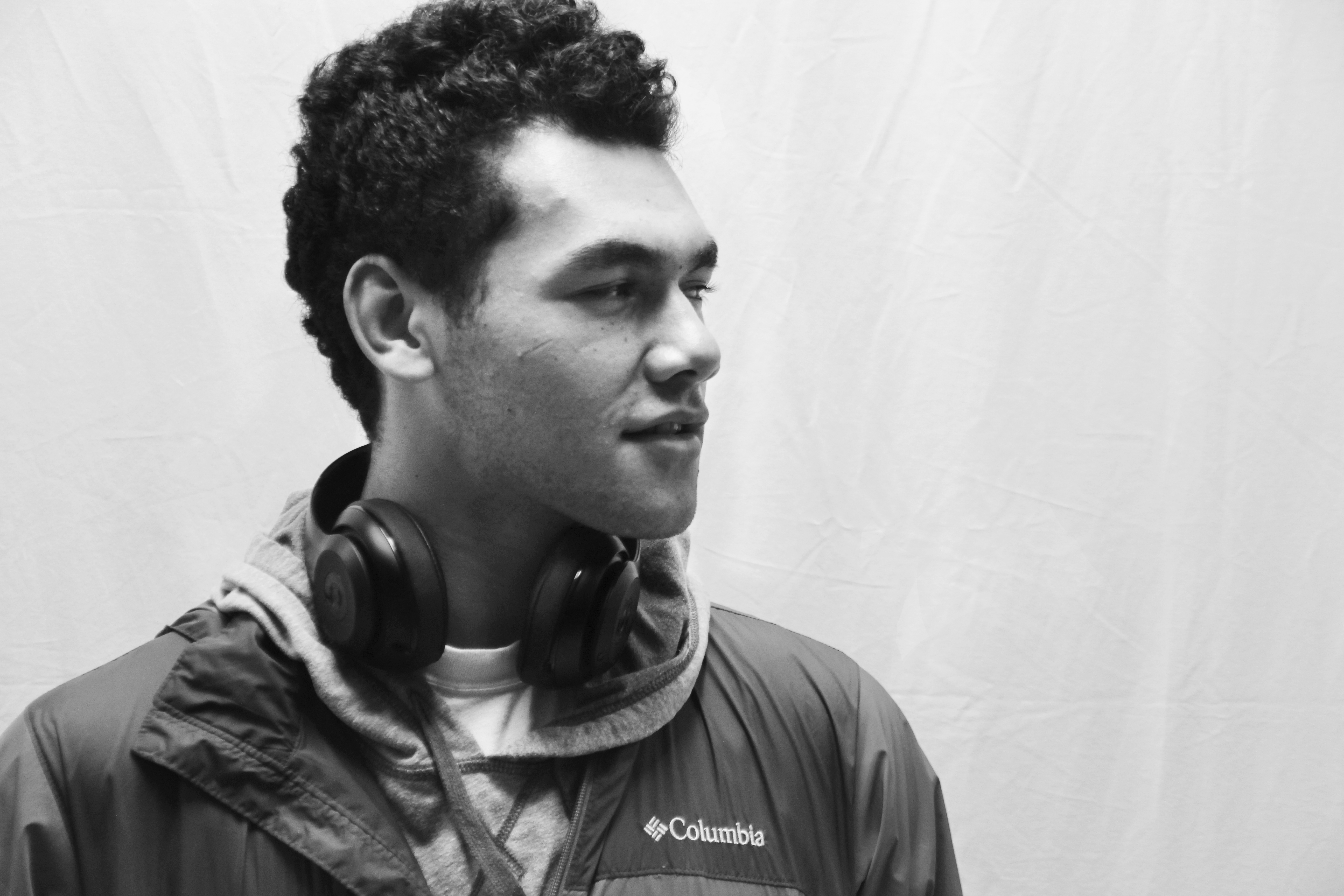

The score was Burlingame 21, Aragon 0 in the final minutes of the first round of CCs playoffs. Aragon senior Kono Filimoehala-Egan raced down the field as senior Billy Mason launched a perfect spiral. Catching it, Kono not only scored the only Aragon touchdown of the game, but the last touchdown of his high school career.
“It’s kind of weird because I can still think about my very first game in high school. It’s mind boggling just how fast time goes by in those four years,” Kono says.
Kono is familiar to most Aragon students for his athleticism; he was recognized in the San Mateo Daily Journal’s Best Prep Athlete List a number of times. However, most do not realize that Kono’s roots trace back to Tongan royalty.
“My grandma’s whole family on her side was first and second cousins with the Tongan king, the one that passed away almost a century ago,” he says. “[My cousin] is part royalty, her dad is a diplomat. So she’s basically a direct descendant; her dad is the queen’s brother.”
Kono’s first name, Mohekonokono, was given to him by his grandmother’s brother, who was a noble. Because his name is a high chief name, it is considered to be given to Kono as a gift of honor.
Lupe Filimoehala-Latu, Kono’s mother, explained the significance behind his name. “Mohekonokono is basically an old story about a protector and [his] stick. When the stick rattles, an enemy is approaching the island,” she says.
The rattling noise of the stick is called konokono, and mohe means ‘sleeping.’
“So if you put it together, it’s mohekonokono, ‘sleeping rattle.’ It’s [used for] awakening or alarming the village, back in the 1800s when they had this. The stick right now exists,” Filimoehala-Latu says.
Because of the association with the island’s protector and his rattle, Kono’s name is often referred to as the “Sleeping Warrior.”
Although Kono’s royal relations are distant, he still had a major obligation to deal with in the past.
“Tradition in the family was the eldest grandson will be next line [for nobility], which is me,” Kono says. “Technically, at the age of sixteen, I was supposed to go back to Tonga and get married. I told my grandma no [because] it’s an arranged marriage. I’m just going to stay out here.”
Because his grandmother didn’t know the girl he was arranged to marry, she accepted his decision to stay in America.
Despite a lot of attention that came the family’s way, the Filimoehala-Egans prefer to overlook their royal roots.
Filimoehala-Latu firmly believes that all the Tongans can trace their ancestry back to the royal family at some point.
“We all have a part of the royal family. Every Tongan Polynesian has a part of the royal family whether [they’re from] the outskirts of the island or right there in downtown [San Mateo],” she says. “I don’t want to offend anybody, especially the kids, because we have such a rich culture and everybody’s part of that. It’s not like ‘Oh [our family is] better!’ All these kids, even Bubba [Tongamoa], even Yahya [Bolak], and all the girls, they all have a rich history [and a part] of some kind of royalty.”



